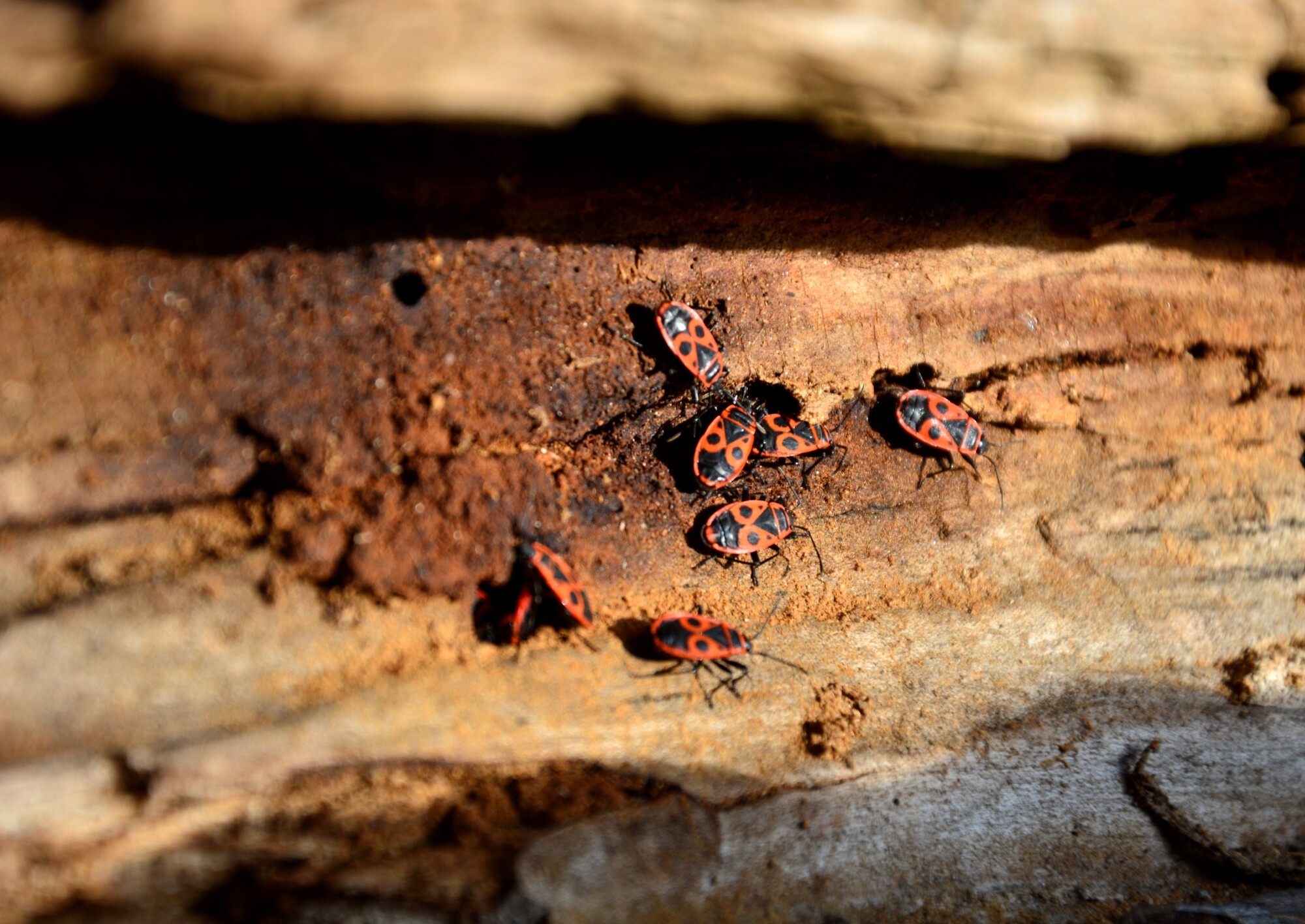In the vast expanse of time, there lies a question that has captivated the minds of scholars, scientists, and philosophers alike: Who was the first human being to walk upon this Earth? The enigmatic quest for the origin of humanity has fueled countless debates and theories throughout history. From the scientific exploration of human evolution to the rich tapestry of creation myths woven by different cultures, our collective fascination with this topic knows no bounds.
The search for our earliest ancestors takes us on a journey through time, as we unravel the complex web of genetic and archaeological evidence. Scientists meticulously piece together fossilized remains, analyzing ancient DNA, and reconstructing our evolutionary tree. Meanwhile, creation myths from various cultures offer captivating narratives that attempt to explain our existence through divine intervention or mythical beings.
As we delve into this intriguing subject matter, we will explore both scientific theories and cultural beliefs surrounding the first person on Earth. We will examine how human evolution provides insights into our ancient past while acknowledging the profound impact that creation myths have had on shaping our understanding of who we are as a species.
Join us on this intellectual odyssey as we embark on an exploration into the enigma that is the quest for the first human being. Together, let us uncover the mysteries that lie at the very core of our existence and gain a deeper appreciation for humanity’s remarkable journey throughout time.
The Scientific Perspective: Tracing the Origins of Homo sapiens
The study of human evolution has always been a fascinating subject, and tracing the origins of Homo sapiens is no exception. Through a combination of fossil records and genetic research, scientists have pieced together a compelling narrative that sheds light on our ancient past.
Fossil records provide crucial clues about the physical characteristics and behaviors of our early ancestors. By examining skeletal remains and artifacts, researchers can reconstruct the timeline of human evolution and identify key milestones in our development. These discoveries help us understand how Homo sapiens emerged as the dominant species on Earth.
In recent years, genetic research has revolutionized our understanding of human origins. By analyzing DNA samples from diverse populations around the world, scientists have uncovered fascinating insights into our ancestral heritage. The “Out of Africa” theory suggests that Homo sapiens originated in Africa and gradually migrated to other parts of the world over thousands of years. This theory is supported by genetic evidence that shows a common ancestry among all modern humans.
By combining fossil records with genetic research, scientists are able to paint a comprehensive picture of our evolutionary journey. This scientific perspective not only deepens our understanding of where we come from but also highlights the interconnectedness of all humanity.
Through the careful examination of fossil records and advancements in genetic research, we continue to uncover new insights into the origins of Homo sapiens. This scientific approach allows us to trace our evolutionary path with greater accuracy and appreciation for the rich tapestry that is human history.
– The Fossil Evidence: Examining Our Ancestors
The fossil records provide a fascinating glimpse into our ancient past, allowing us to examine and understand our ancestors in ways that were once unimaginable. One of the most iconic fossils is Lucy, an Australopithecus afarensis specimen discovered in Ethiopia. Lucy’s skeleton provided crucial insights into the early hominin species and their bipedal locomotion.
Another significant find is Homo habilis, often referred to as the “handy man.” This early human ancestor lived approximately 2.4 to 1.4 million years ago and was known for its tool-making abilities, marking a significant milestone in human evolution.
The discovery of Neanderthals further deepened our understanding of human history. These ancient humans coexisted with Homo sapiens for thousands of years before eventually becoming extinct around 40,000 years ago. Through studying their remains, we have gained valuable insights into their physical characteristics, culture, and interactions with modern humans.
In recent years, advancements in DNA analysis have allowed scientists to uncover another branch on our evolutionary tree: the Denisovans. The discovery of Denisovan DNA has shed light on interbreeding events between different hominin species and highlighted the complexity of our evolutionary history.
By examining these fossil records and analyzing the genetic information extracted from them, researchers continue to unravel the mysteries surrounding our ancestors’ origins and evolution. Each new discovery brings us closer to understanding who we are as a species and how we came to be.
– Genetic Studies: Unveiling Our Shared Ancestry
DNA analysis has revolutionized our understanding of our shared ancestry and the origins of the human race. Through the study of genetic material, scientists have uncovered fascinating insights about our ancient ancestors and their migration patterns.
One prominent theory that DNA analysis has shed light on is the mitochondrial Eve hypothesis. This hypothesis suggests that all humans alive today can trace their maternal lineage back to a single woman who lived in Africa around 200,000 years ago. By analyzing mitochondrial DNA, which is passed down exclusively from mother to child, researchers have been able to construct a family tree that connects us all.
Similarly, the Y-chromosomal Adam hypothesis focuses on tracing paternal lineage by analyzing the Y-chromosome. This theory proposes that all males alive today share a common male ancestor who lived in Africa around 100,000 to 200,000 years ago.
These genetic studies not only help us understand our shared ancestry but also provide insights into human migration patterns and how different populations have evolved over time. By unraveling our genetic history, we gain a deeper appreciation for the interconnectedness of humanity and the rich tapestry of our collective past.
DNA analysis has played a pivotal role in unveiling our shared ancestry and providing valuable insights into human evolution. The mitochondrial Eve hypothesis and Y-chromosomal Adam hypothesis are just two examples of how genetic studies have transformed our understanding of where we come from and how we are all connected as one human family.
The Myths and Legends: Exploring Ancient Tales of Creation and First Humans
Throughout history, cultures around the world have developed fascinating myths and legends to explain the origins of humanity and the creation of the world. These ancient tales not only provide insight into the beliefs and values of different societies but also offer a captivating glimpse into our collective imagination.
One prevalent theme found in creation myths is the story of Adam and Eve, which originates from Abrahamic religions such as Christianity, Judaism, and Islam. This tale portrays the first humans as divinely created beings who were placed in a paradisiacal garden but were ultimately banished due to their disobedience.
In Greek mythology, we encounter another intriguing narrative centered around Prometheus. According to this myth, Prometheus played a crucial role in shaping humanity by stealing fire from the gods and gifting it to mankind. This act bestowed upon humans knowledge and enlightenment but also incurred divine punishment.
These examples are just a glimpse into the vast tapestry of creation myths that exist across cultures worldwide. Exploring these ancient tales allows us to delve into our shared human heritage while appreciating the diversity of interpretations regarding our origins.
By examining these myths and legends, we gain valuable insights into how different societies grappled with existential questions about life’s beginnings. Moreover, they serve as a testament to our innate curiosity about our place in the universe.
Join us on an enchanting journey as we delve deeper into these captivating stories that have captivated generations for centuries. Let us unravel their mysteries together and discover what they reveal about human nature, spirituality, and our eternal quest for understanding.
– Cultural Perspectives: Diverse Beliefs about Human Origins
Cultural perspectives on human origins offer a fascinating insight into the diverse beliefs and mythologies that have shaped different societies throughout history. From the Aztec myth of Quetzalcoatl creating humans from bones with blood from his own body, to the Hindu belief in Manu being the first human after a great flood, and the Chinese myth of Pangu creating humans from chaos, these narratives reflect the rich tapestry of human imagination and interpretation.
The Aztec myth of Quetzalcoatl highlights the connection between creation and sacrifice. It portrays a deity giving life to humanity through a selfless act, symbolizing both the divine power and responsibility associated with human existence.
In Hindu mythology, Manu’s story represents resilience and rebirth. After surviving a catastrophic flood, he becomes the progenitor of humanity, emphasizing themes of renewal and continuity amidst adversity.
The Chinese myth of Pangu offers an origin story rooted in chaos. Pangu’s act of separating yin and yang creates order out of disorder, mirroring philosophical concepts such as balance and harmony that are deeply ingrained in Chinese culture.
These diverse beliefs about human origins not only provide cultural insights but also showcase how different societies have sought to explain their place in the world. By exploring these myths and legends, we gain a deeper appreciation for our shared humanity while celebrating our unique cultural heritage.
Sifting through Science and Mythology: Where Truth Meets Imagination
In the realm where science and mythology intersect, a fascinating dialogue unfolds between truth and imagination. It is a space where scientific consensus clashes with cultural beliefs, and where the symbolic importance of creation myths in human history cannot be ignored.
Scientific consensus serves as the foundation for our understanding of the natural world. It is based on rigorous research, empirical evidence, and peer-reviewed studies. This collective knowledge allows us to unravel the mysteries of the universe and make informed decisions about our lives.
On the other hand, cultural beliefs are deeply rooted in human history and have shaped societies for centuries. Creation myths, in particular, hold immense symbolic importance as they provide narratives that explain our origins and purpose. These myths offer insights into how different cultures perceive their place in the world and their relationship with higher powers or cosmic forces.
While scientific consensus strives to provide objective explanations based on observable phenomena, creation myths delve into subjective interpretations of existence. They often incorporate elements of symbolism, metaphor, and allegory to convey profound truths about human nature, morality, and spirituality.
It is crucial to recognize that science and mythology serve distinct purposes. Science seeks to understand the physical laws that govern our universe while mythology explores existential questions that go beyond empirical observation. Both realms contribute valuable perspectives to our collective understanding of reality.
By acknowledging both scientific consensus and cultural beliefs, we can foster a more nuanced appreciation for the complexities of human knowledge. The interplay between truth-seeking through science and imaginative storytelling through mythology offers a rich tapestry of insights into who we are as individuals and as a species.
Sifting through science and mythology allows us to navigate between objective truths derived from scientific consensus and subjective interpretations embedded within cultural beliefs. Embracing this duality enables us to appreciate both rational inquiry into natural phenomena as well as the symbolic significance embedded within ancient narratives that have shaped civilizations throughout history.
Conclusion: Embracing Our Collective Story as Humanity
In conclusion, understanding our origins and embracing our collective story as humanity is of utmost significance. Ongoing research and exploration play a crucial role in unraveling the mysteries of our past and shaping our future.
By delving into the depths of history, we gain valuable insights into where we come from, how we have evolved, and what it means to be human. This knowledge allows us to appreciate the rich tapestry of cultures, traditions, and experiences that make up our global community.
Moreover, ongoing research and exploration enable us to push the boundaries of knowledge and discover new frontiers. Whether it’s exploring distant galaxies or delving into the depths of our oceans, these endeavors expand our understanding of the universe and inspire us to strive for greater achievements.
Embracing our collective story as humanity fosters unity, empathy, and a sense of connection. It reminds us that despite our differences, we are all part of a shared narrative that spans across time and space. This recognition can lead to greater collaboration, compassion, and progress for future generations.
By appreciating the significance of understanding our origins and supporting ongoing research and exploration efforts, we pave the way for a brighter future filled with endless possibilities. Let us embrace this collective story as humanity with open hearts and minds as we continue to explore uncharted territories both within ourselves and in the world around us.









